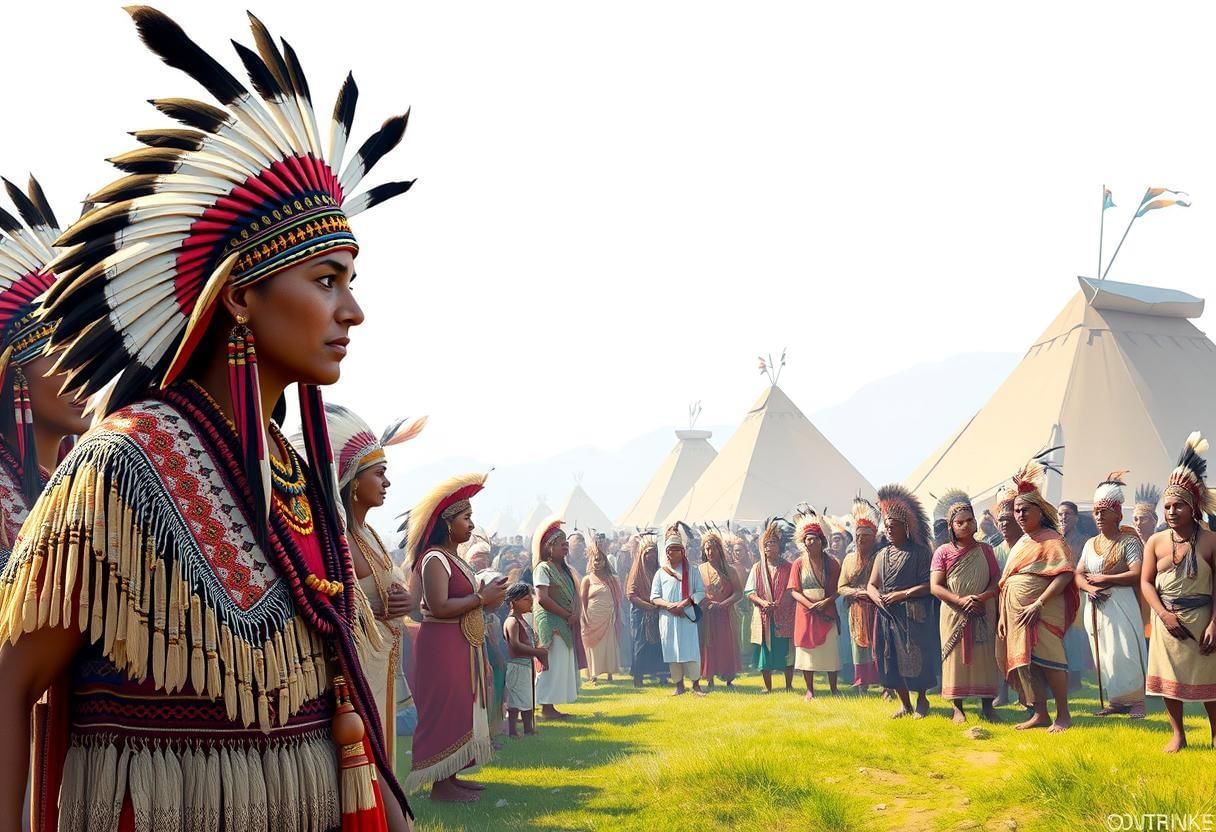Very Short Question Answers: India's Cultural Roots | Short & Long Answer Questions for Class 6 PDF Download
Q1: What are the Vedas?
Ans: The Vedas are ancient Indian texts, including Rig Veda, Yajur Veda, Sāma Veda, and Atharva Veda.
Q2: Who composed the Vedic hymns?
Ans: The hymns were composed by rishis (male sages) and rishikas (female sages) in early Sanskrit.
Q3: What is the significance of truth in Vedic culture?
Ans: Truth was considered essential and often equated with God, emphasizing unity among people.
Q4: What did UNESCO recognize in 2008?
Ans: UNESCO recognized Vedic chanting as a significant part of humanity's oral and intangible heritage.

Q5: What are yajna?
Ans: Yajna are rituals aimed at deities for personal or communal well-being, often involving offerings to Agni.
Q6: What does the term 'Atman' refer to?
Ans: Atman refers to the Self, the divine essence present in every being, interconnected with Brahman.
Q7: Who is Siddhārtha Gautama?
Ans: Siddhārtha Gautama, known as the Buddha, was a prince who attained enlightenment and taught about suffering.
Q8: What principle did the Buddha emphasize?
Ans: The Buddha emphasized ahimsa, or non-violence, which means non-hurting or non-injuring.
Q9: What does Jainism focus on?
Ans: Jainism focuses on principles like ahimsa (non-violence), anekāntavāda (multiple perspectives), and aparigraha (non-possessiveness).
Q10: What does 'Jain' mean?
Ans: 'Jain' derives from 'jina,' meaning 'conqueror,' referring to conquering ignorance.
Q11: How many tribes are there in India according to the 2011 census?
Ans: There are 705 tribes in India, with a population of about 104 million people.

Q12: What is the main teaching of the Upanishads?
Ans: The Upanishads emphasize the importance of asking questions and seeking deeper truths.
Q13: Who was Mahāvira?
Ans: Mahāvira, also known as Prince Vardhamāna, was the founder of Jainism, known for attaining supreme wisdom.
Q14: What is the role of clans in early Vedic society?
Ans: Clans, or janas, were large groups organising society, mentioned in the Rig Veda.
Q15: What is brahman?
Ans: Brahman is the ultimate divine essence in Hindu philosophy, underlying all existence.
Q16: What does the term 'Karma' refer to?
Ans: Karma is the principle of cause and effect in actions, influencing one's future experiences.
Q17: What does 'Dharma' mean?
Ans: Dharma refers to duty or righteousness, guiding moral conduct in life.
Q18: What is the significance of the monkey king in the Jataka tale?
Ans: The monkey king's sacrifice teaches selflessness and leadership responsibilities.
Q19: How did tribes view nature?
Ans: Tribes regarded elements of nature as sacred, often worshipping deities associated with them.
Q20: What is the purpose of the Sangha in Buddhism?
Ans: The Sangha is a community of monks and nuns dedicated to practising and spreading the Buddha's teachings.
FAQs on Very Short Question Answers: India's Cultural Roots - Short & Long Answer Questions for Class 6
| 1. भारत की सांस्कृतिक जड़ों में क्या-क्या शामिल हैं ? |  |
| 2. भारत की संस्कृति का महत्व क्या है ? |  |
| 3. भारत में किस प्रकार की कला और संगीत प्रचलित हैं ? |  |
| 4. भारतीय त्योहारों का सांस्कृतिक महत्व क्या है ? |  |
| 5. भारत की सांस्कृतिक विविधता कैसे विकसित हुई है ? |  |

















